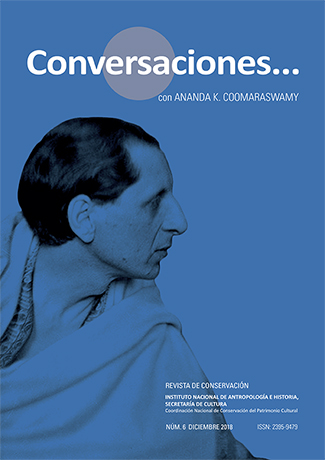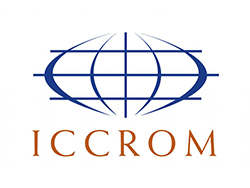The significance and the regeneration process of the Japanese built heritage
Keywords:
morphology, morphogenesis, built heritage, significanceAbstract
Built heritage is the result of a humanizing process, conscious and developed over time. From the moment that it acquires value it is impregnated with meaning. And, it is this significant condition that allows it to be eternal through history, myths or rites. This essay, in this specific context, aims at understanding the importance of meaning in built heritage regeneration, based on the Japanese heritage examples. Methodologically, a critical and morphological analysis of several examples in Japan, procedurally the Meiji Shrine and the Tokyo Station, is developed to identify the recreation processes of the built and cultural heritage. As a hypothesis it is stated that the built heritage is a product resulting from a creative process of invention. That is, it is a man-made physical and cultural identity that results from a constructive process, sedimented and never stagnant.
Downloads
References
Henderson, Joseph L. (2000) [1964] “Os Mitos Antigos e o Homem Moderno”, in: Carl G. Jung (org.), O homem e seus símbolos, Nova Fronteria, Rio de Janeiro, pp. 104-157.
Gluck, Carol (1992) “The invention of Edo”, in: Mirror of modernity: invented traditions of Japan, University of California Press, Berkeley, pp. 262-284.
Hernández Martínez, Ascensión (2007) La clonación arquitectónica, Ediciones Siruela, Madrid.
Imazumi, Yoshiko (2013) Sacred space in the modern city. The fractured pasts of Meiji Shrine, 1912-1958, Brill, Boston.
Imaizumi, Yoshiko (2014) Order and disorder in Meiji Shrine: Festive events and practices in 1920, International Research Center for Japanese Studies, Kyoto.
Inaga, Shigemi (2012) La vie transitoire des formes. Un moment qui prend de la patine: une petite réflection sur les temps de la spatialité japonaise, Internacional Reasearch Center for Japanese Studies, Kyoto.
Jaffé, Aniela (2000) [1964] “O simbolismo nas artes plásticas”, in: Carl G. Jung (org.), O homem e os seus símbolos, Editora Nova Fronteira, Rio de Janeiro, pp. 225-266.
Jung, Carl G. (1964) [1946] La psicología de la transferencia, Paidós, Barcelona.
Jung, Carl G. (2000) [1964] O homem e os seus símbolos, Editora Nova Fronteira, Rio de Janeiro.
Kito, Takahiro (2014) Theory of Medieval multi-layered architecture, Master Theses in Engineering, University of Tokyo, Tokyo.
Koren, Leonard (2008) [1994] Wabi-Sabi for artists, designers, poets & philosophers, Point Reyes, California.
Nishimura, Yukio (1995) “Changing concept of authenticity in the context of Japanese conservation history”, in: Knut Einar Larsen (ed.), Nara conference on authenticity, Japan 1994. Proceedings, UNESCO World Heritage Center, ICCROM, ICOMOS, Paris, pp.175-184.
Suzuki, Hiroyuki (2012) Preservation and restoration of the Tokyo Station Marunouchi Building, East Japan Railway, Tokyo.
Tahara, Yukio (2008) Policy and technology for the preservation and restoration work of Tokyo Station Marunouchi Building. For the conservation and continuous utilization of an important cultural property, DOCOMOMO, Kyoto.
Tahara, Yukio (2013) “Design process for the restoration work of Tokyo Station Marunouchi Building: Policy for the intervention in conservation and utilization for important cultural property”, AIJ Journal of Technology and Design 19 (43): 1209-1214.
Tanizaki, Junichiro (2008) [1933] Elogio da sombra, Relógio d’Água Editores, Lisboa.
Tange, Kenzo, Yoshio Watanabe, Noboru Kawazoe (1965) Ise prototype of Japanese architecture, The M.I.T. Press, Tokyo.
Waley, Paul (1984) Tokyo: now & then. An explorer’s guide, Weatherhill, Tokyo.





